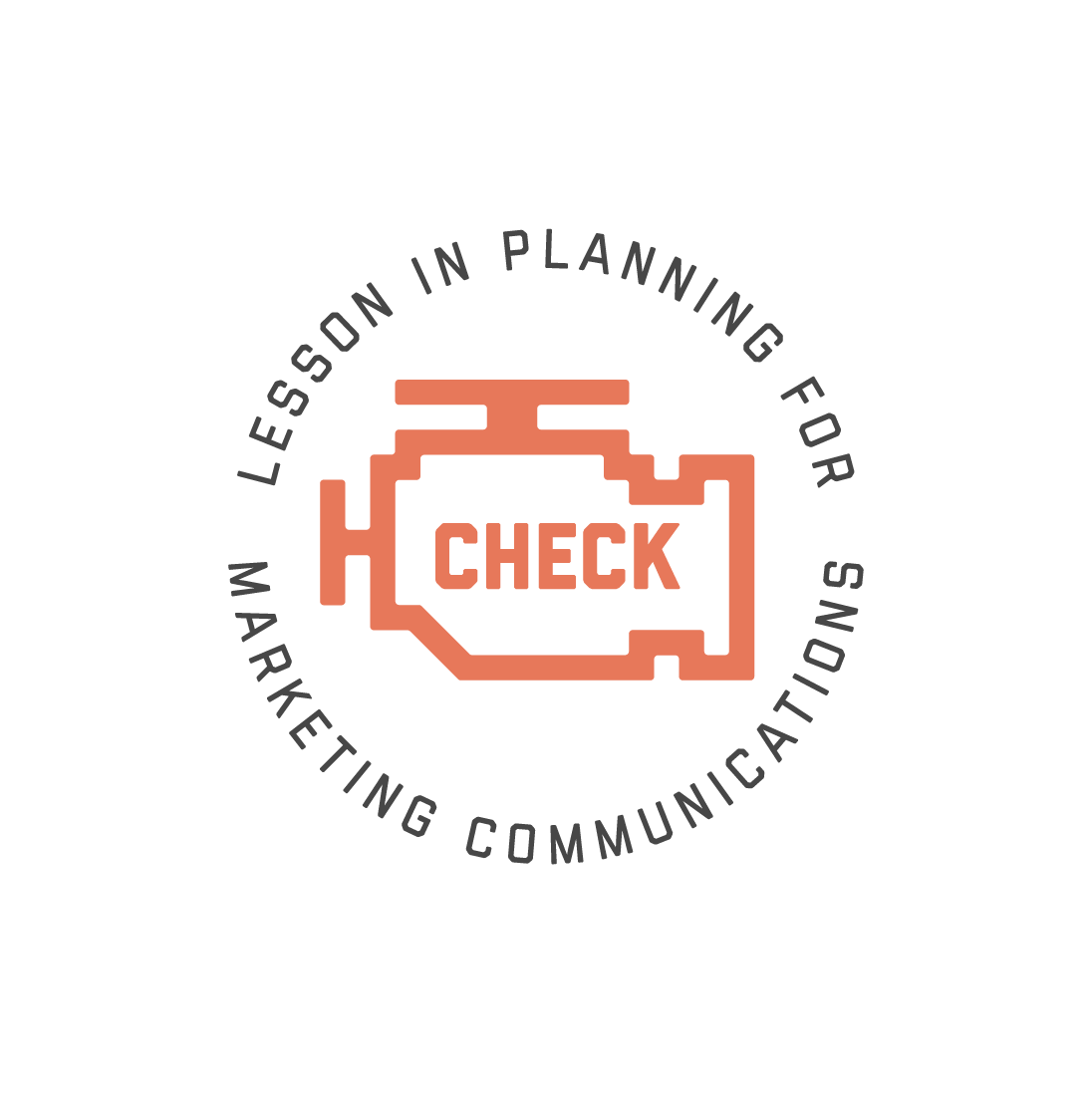A lesson in not counting your race cars before the engine starts.
I’m a huge racing fan. Growing up, Memorial Day weekend was always celebrated by watching the Indianapolis 500. As an adult, I’ve only missed the “Greatest Spectacle in Racing” once and it’s because I was 39 weeks pregnant. Anyways, my love for motorsports rarely intersects with my interest in marketing communications but just a week or two ago it did. It all started with a show on Amazon Prime that my husband found, focused on the 2017 McLaren-Honda FORMULA ONE team, called GRAND PRIX Driver.
The team had been struggling for years, which was strange because it’s been a top contender in the world championship for decades. Not to mention, one of its drivers is a fan-favorite and former double world champion Fernando Alonso (who also drove in the Indy 500 last year). Regardless, the team was making major changes; however, one thing that was staying was Honda. Honda makes the engines for the team and most people would argue it’s the most important component of the car. So imagine my surprise when the show, narrated by Michael Douglas, revealed the car was rolled out to the public for the first time without a working engine. In fact, there was no engine in the car at all.
Fans and media who watched the unveiling live on social media had no idea it was just a shell of a car. But the live event was immensely popular. People began talking about how maybe “this is the year” and “McLaren is back” but it was short lived. Just a few days later in Barcelona, Alonso turned less than 10 laps in testing and compared the car to a Civic. (Side note: that’s bad for a race car, not bad for an every day driving car.)
The world knew the truth. McLaren wasn’t back. Honda wasn’t on track. Alonso wasn’t going to win his third world championship. The team was back to square one before the first race of the season.
So why does this matter? Well, it’s a very good lesson in planning and execution for marketers and communicators. Let’s start from the top and examine why it’s important to think through and prepare a rollout plan before launching a new product, service, campaign or initiative.
Determine your goal(s).
From creating a more engaged workforce to meeting a particular revenue number, you must have a goal before you get started. This is why you are doing it. Everything starts here. Remember, a good goal says you will achieve X by Y. Set a deadline, otherwise, you’ll be chasing the goal forever. For McLaren-Honda, the goal was to win the world championship at the end of the 2017 season.
Set clear objectives for the team.
We’re in this together. It’s important to make sure everyone who is involved knows what’s expected of them and how it impacts the group’s ability to reach the end goal. Think of objectives as measures of progress. These can be created as part of a workback schedule and even monitored on a scoreboard (for all you 4DX lovers out there). For McLaren to be in contention for the championship, they needed an exceptional engine to test (and refine) in Barcelona.
Communicate and then do it again.
When leadership sets a course, rolls it out to the company, and then never mentions it again, the rest of us tend to forget about the goal and, before you know it, we’re back to where we started. Regular check-ins to make sure everyone is still on track to reach the necessary objectives are not only important but necessary. In the case of McLaren Honda, management continuously communicated with their team internally, the drivers, Honda, and the press. The team was constantly talking through its challenges and keeping everyone in the loop. Schedules were revised again and again to reach the end goal.
Evaluate what’s working [and what’s not].
As we work towards our goals, we can figure out pretty quickly if something’s wrong or holding us back. Sometimes it’s a person who isn’t working out in their current role. Other times it could be a faulty product or a broken process. In the case of McLaren, they believed their issue was not their team or drivers. However, the engine was the source of frustration time and time again. So, it was no surprise to the racing world when the team announced they were parting ways with Honda and unveiled a McLaren Renault car in 2018.
One of the worst things we can do as marketers is unveil something that isn’t ready. It sets expectations. It impacts the minds not only of our customers but also our employees. It has the ability to either create trust and loyalty or disappointment and frustration. That’s why it’s critical to work through the four steps above before showing off your race car to the rest of the world. Don’t livestream your unveiling with the engine still being built in the back. And, whatever you do, don’t ignore your world champion when he or she tells you it’s a Civic. You may lose your biggest asset.
Are you into communications and racing, too? You can get a little of both with Lauren. Let’s connect on Twitter, too: @lllittlefield and @willowmktg.
Or maybe you want a little more info on how Willow can help roll out your next big thing? Let’s talk!
